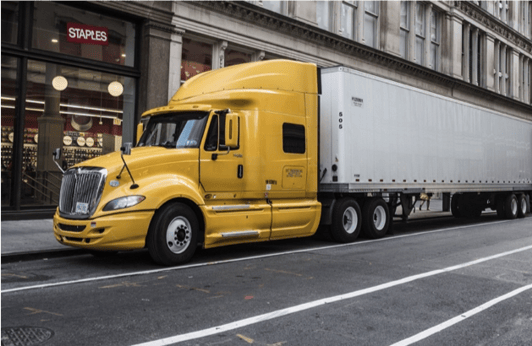According to the American Trucking Association, there is a shortage of roughly 50,000 truck drivers across the country. In 2017, the ATA predicted the trucking industry would experience the highest level of driver shortfall, and by 2026 the ATA estimates the shortage could swell to over 174,000 drivers.
Dr. John Kent, Clinical Associate Professor in the Department of Supply Chain Management at the University of Arkansas and former diesel mechanic, is one of the many who have borne witness to some of the major issues facing the trucking industry. “One of the primary issues for the [trucking] industry continues to be a lack of drivers,” commented Dr. Kent. “Demand for trucking services is strong, revenue is strong, and ability to purchase trucks is
strong; however, the ability to find drivers for the existing fleet sizes and to continue to support growth is what continues to be one of the larger issues for the industry as a whole.”
Issues Surrounding Truck Driver Shortage
- Freight costs have escalated as trucking capacity has tightened nationwide.
- Labor costs continue to rise, creating budget issues at the bottom line as well as hiring freezes.
- Inaccurate lead times hurt many retailers who operate with minimal back stock. When trucks are late on delivery, it hurts costs, affects budgeting and messes with future projections.
- Drivers are aging out and new technology isn’t being adopted as readily by older drivers. A new federal mandate requires most truckers to use electronic logging devices that make it harder on older, not-as-tech-savvy drivers.
- Licensing fees are high and fall on the truck driver as their responsibility most of the time.
P ossible Solutions for the Truck Driver Shortage
ossible Solutions for the Truck Driver Shortage
- Providing higher wages and better training is a great incentive for up-and-coming trainees and veteran truckers.
- Easier and shorter routes can act as an incentive for truckers with families or those who would prefer shorter routes.
- Lowering the age for interstate truck drivers could increase the number of workers available for the industry.
- By using methods like drop and hook by shippers and receivers, companies can create greater efficiency in their supply chain.
- Companies can implement truck platooning: a driver-assist technology linking multiple trucks together in a convoy using technology and automated driving support systems.
Artificial Intelligence’s Role in the Truck Driver Shortage
Autonomous transportation is coming, and with it, concerns about job security. However, advances in self-driving technology from AI and IoT can actually alleviate some of the major issues underlying truck driver jobs. There is a lot of hype around autonomous transportation technologies and their potential to revolutionize the delivery industry as a whole.
In its initial development stage, autonomous transportation would only provide point-to-point transportation using major highways. This would create a hub-and-spoke distribution model, where today’s truck drivers would evolve away from over-the-road trucking to driving shorter regional, city, or urban routes, better utilizing truckers’ overall skills because they would be primarily driving in cities.
Experts also cite safety as a primary benefit of autonomous and self-driving trucks to all who use the roads. They emphasize that thousands of lives annually are lost on the nation’s roads because of human errors by drivers.
As self-driving technology continues to develop, we may see trucks of the future being used alongside autonomous drones, with humans only providing a customer service aspect to the industry.
To stay up to date on industry hot topics, subscribe to the Brewer Science blog. You can also stay up to date on Brewer Science industry events, topics and news by following us on Twitter, YouTube, LinkedIn, or Facebook.




Subscribe to Our Blog